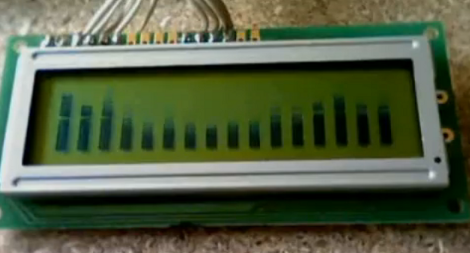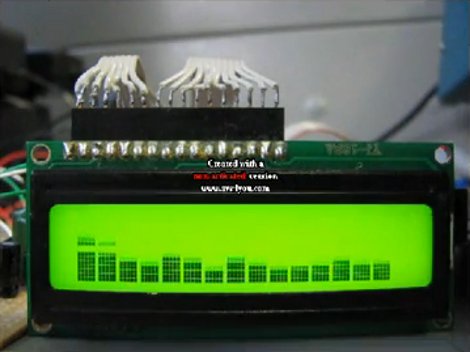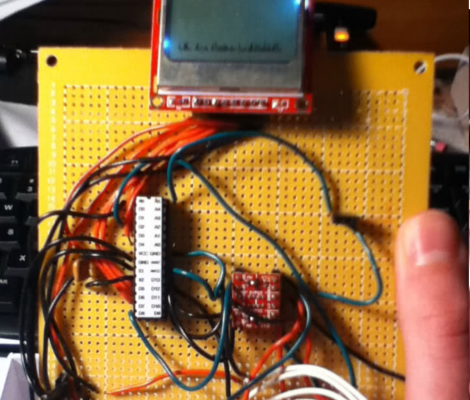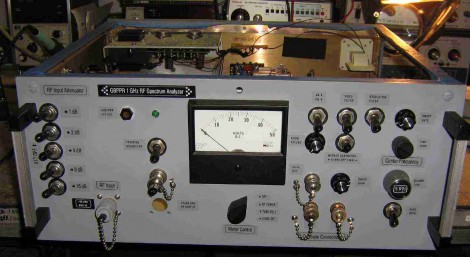Like a lot of hardware tinkerers, [dexter2048] has a Rigol DS1052E oscilloscope sitting on his bench. One day when trying to coax some information out of the FFT setting, [dexter] threw his hands up in frustration and decided to write a file viewer with FFT spectrum analysis. The resulting viewer gives this very capable and inexpensive oscilloscope a spectrum analyzer.
[dexter2048]’s app is able to capture signals from 0 Hz to 500 MHz and demonstrated this fact by sticking a piece of wire into one of the Rigol’s inputs. The resulting waveform is then sent to a computer where [dexter] got a nice picture of the radio spectrum between 82MHz and 114MHz. In his graph, you can clearly see the FM radio stations that can be picked up in [dexter]’s lab.
This small modification to the Rigol DS1052E oscilloscope it the latest in a long line of hacks that give this wonderful, inexpensive scope double the bandwidth, data collection via Python, and even a homebrew version of Pong. Anything that provides new functionality for old gear is great news to us, and we look forward to many, many more 1052E hacks in the future.
Tip ‘o the hat to [Murlidhar] for sending this in.

















